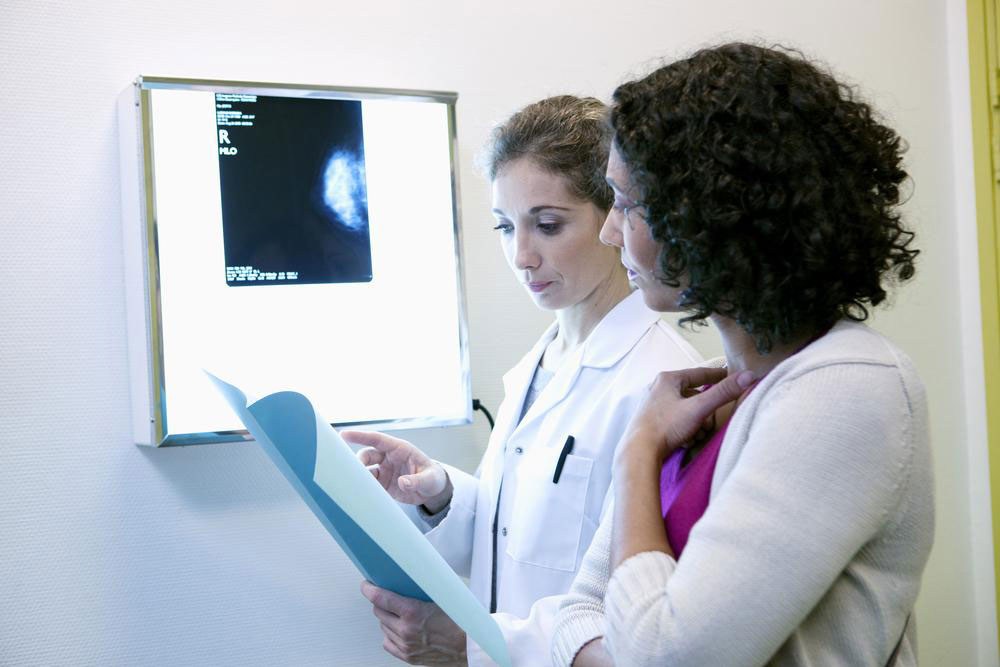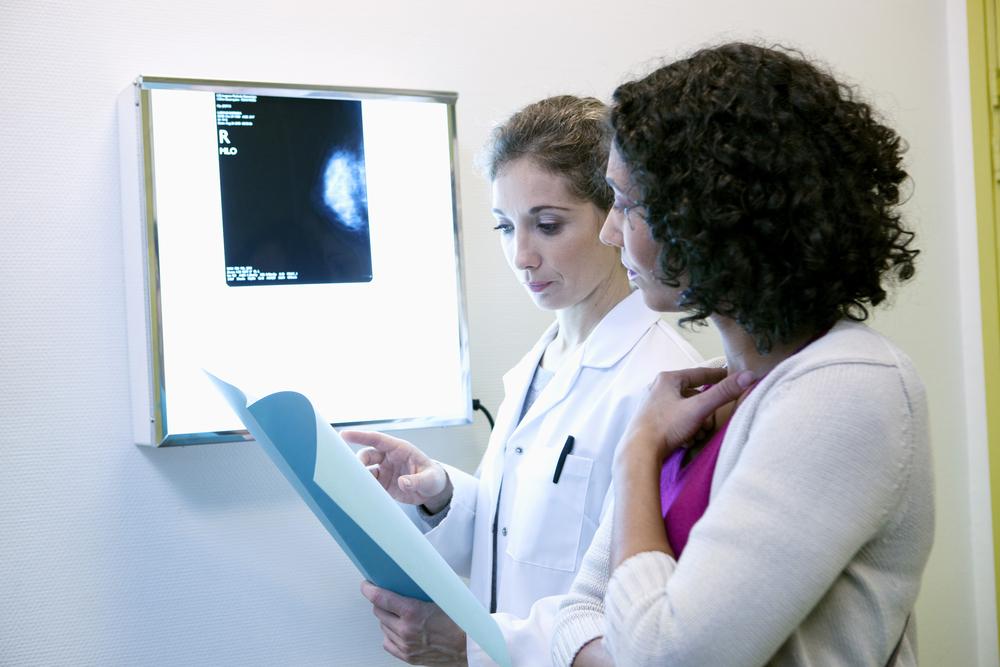Understanding Breast Cancer: Risk Factors and Prognosis
This article explores the key risk factors influencing breast cancer development, including age, genetics, radiation exposure, and weight. It emphasizes the importance of early detection and treatment in improving survival rates, which vary significantly depending on the cancer stage. Understanding these factors can aid in better awareness and proactive health decisions for women at risk.

Understanding Breast Cancer: Risk Factors and Prognosis
Breast cancer is among the most prevalent types of cancer affecting women worldwide. Its development is influenced by various factors, which combined determine the overall risk. The chance of survival largely depends on the cancer's stage at diagnosis. Age is a significant risk factor, with women over 50 being more susceptible. Some women develop breast cancer even without other identified risk factors. Below, we explore the primary risk factors and survival outlook for breast cancer:
Age: The likelihood of developing breast cancer increases with age, with most cases occurring in women over 50 years old.
Genetics: About 5-10% of breast cancers are linked to inherited gene mutations such as BRCA1 and BRCA2. Carriers of these genes face a 45-65% higher risk. However, not everyone with these mutations will develop cancer, and genetic testing can help assess individual risk.
Radiation Exposure: Treatments like radiation therapy for conditions such as Hodgkin’s lymphoma, especially when received before age 30, can elevate breast cancer risk. Radiation around the chest area is particularly influential, though survival rates remain unaffected.
Body Weight: Post-menopause, excess fat tissue becomes a source of estrogen, increasing breast cancer risk. Maintaining a healthy weight can help mitigate this risk without affecting survival outcomes. Aging and overweight conditions often coexist during later stages of life.
Prognosis and Survival
While risk factors influence development, survival largely depends on the stage at diagnosis and treatment effectiveness. Early-stage cancers have a better prognosis. The staging system ranges from 0 to IV, with stage 0 indicating non-invasive or minimal disease, and stage IV representing advanced, metastatic cancer. According to data from the American Cancer Society:
Stage 0-I: 100% survival rate
Stage II: 93% survival rate
Stage III: 72% survival rate
Stage IV: 22% survival rate
Different types of breast cancer respond uniquely to treatments. Following medical advice precisely enhances the chances of survival. Regular check-ups and timely diagnosis are crucial for positive outcomes.










